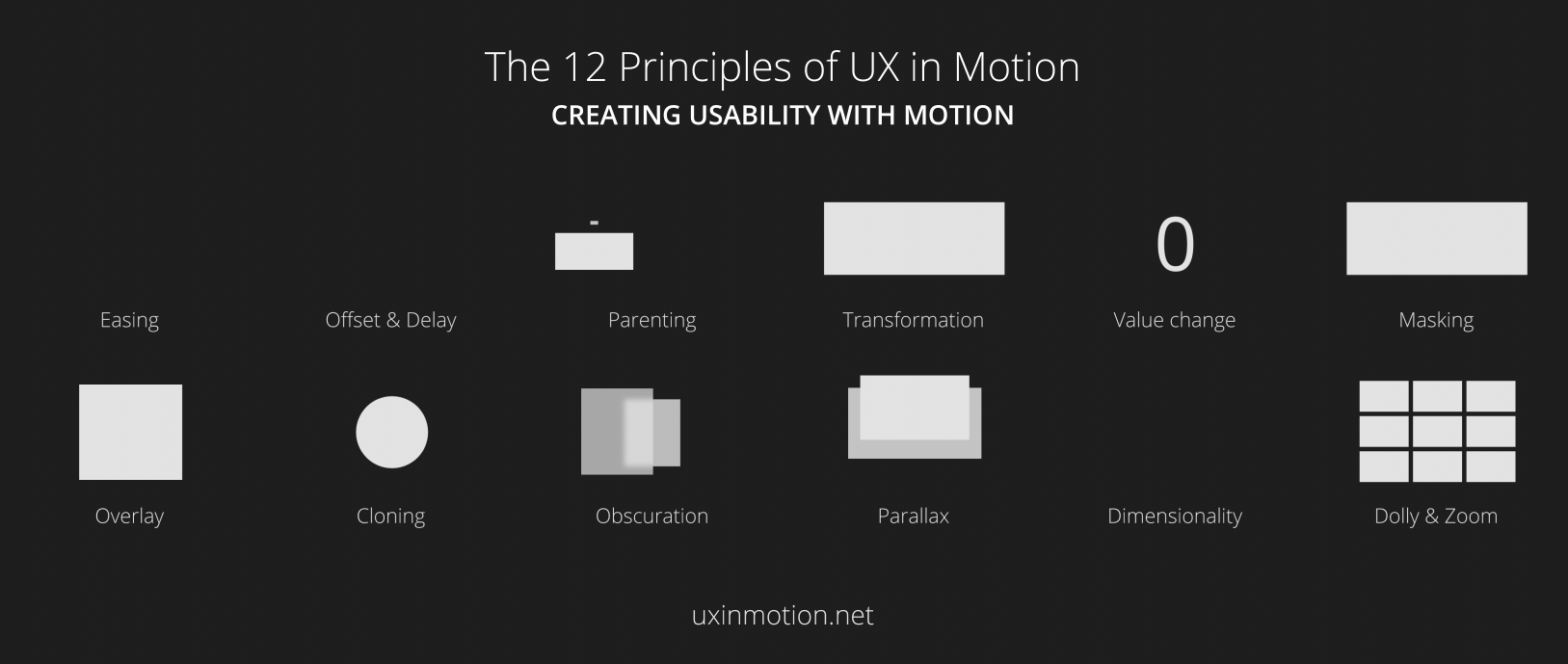UX Newsletter: The Price of Perception
“There are things known and there are things unknown, and in between are the doors of perception.” – Aldous Huxley
Waiting in a long line for your first cup of coffee on Monday morning when you have a smartphone and internet is a completely different experience when you’re standing in line with nothing to do but look around and wait. In reality, you’re waiting the same amount of time, but with a smartphone the line feels like it moves faster than when you have nothing to distract you. Time didn’t change, our perception of it did. Perception is a crucial part of the customer experience that’s not always easy to measure, but powerful when yielded well.
Volume 6
In this month’s UX Newsletter, we’ll explore how perception or, “the way we regard, understand, or interpret something” can color our opinion of a brand, a moment of purchase, and how it can cultivate or damage loyalty. From psychology to biology, we can design into the moments that string the customer journey together and enhance engagement while cultivating customer trust.
Subjective vs Objective

The responsibilities of a user experience designer / engineer can sometimes be hard to follow as they are in charge of improving the measurable and sometimes immeasurable pain points of a customer journey. In the article, The Ultimate Guide — Difference Between Usability and User Experience, UX Designer, Amy Smith clarifies the important distinction between making a product usable (an important task for all) and shaping how the customer feels about, uses, and engages with the product (the user experience).
Trusting books by their cover

“Impressions have an insane effect on what we think and what we do.” In this funny and insightful TED talk “Perspective is everything“, British advertising executive Rory Sutherland, describes the intersection between usability and psychology. When designing and planning for an experience, we sometimes are so focused on getting the customer from point A to B, we miss out on the micro moments that are getting in their way. Creative problem solving or reframing the solution can boost positivity and grow engagement.
Best practices

Perception is a feeling triggered by how we perceive the experience through our senses. In the article “Psychology + design: Gestalt principles you can use as design solutions” by Mhariell Riel capitalizing on psychological foundations like the Gestalt principles in creation of user interfaces, designers can help shape and guide the customer’s journey. These practices can be used to increase understanding and clarity, establish most-important action on the page, define differences and similarities of content, and more.
Biology and psychology

UX Designers at their most pure are scientists: they develop a hypothesis to solve a problem and test into solutions that lead to more hypotheses. In this fascinating article, Emanuel Serbanoiu walks us through what designers need to know about perception, including the biological impulses and physical perceptions designers utilize to create effective solutions.
Expectation vs enhancement

We’ve all been there: we click a button and nothing happens, so we click it again . . . and again, only to realize that it was working, but there was nothing visually telling us the action was in progress. Or we’ve just saved a document only to be stuck with an endless, spinning pinwheel of death. All common problems that could be solved by altering perception so the customer feels more willing to wait. In the article “What users hate most about your app, according to Google“, Justinmind walks through some pain points that Google has identified and proposes a few solutions.
Gone in 60 seconds
In “Hacking user perception to make your websites and apps feel faster“, we learn time may be a construct, but when wasted, it’s a construct that can cost us an immeasurable amount of engagement and revenue. Google’s Design Advocate, Mustafa Kurtuldu, details out and gives examples of how to change customer’s perception of their experience with simple ui feedback moments. Planning into and enhancing customers wait moments can prevent exit rates and increase engagement, conversion and loyalty.
Laws of UX

Laws of UX is a collection of the maxims and principles that designers can consider when building user interfaces. It was created by Jon Yablonski.
Like this post? Subscribe to the newsletter!
The UX Newsletter is a monthly email that serves up my favorite UX articles. Each month I feature 4 articles or videos and share great tutorials for those interested in learning more.
Feature Image is a collage sourced from various images found on these Pinterest Boards.

